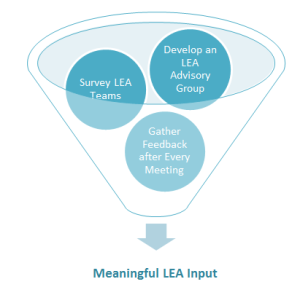Performance Management seems to be one of the new buzz words in the market place. A lot of this has been driven by the US Department of Education leveraging “Performance Management” as a means for sustaining many of the reforms initially implemented through Race to the Top. And even more broadly, performance management is seen as a way to drive results to ensure that we see outcomes.
So what exactly is performance management? It is “a process that methodically and routinely, monitors the connection, or lack thereof, between the work that we are doing, and the goals we seek… A process that compares what is to what ought to be.”
So let’s take a moment to reflect? The latter point of comparing what it is to what it ought to be is probably what most people think of when they think of performance management. As long as they consistently ask themselves “Did we do what we said we were going to do?” and as long as they do this on some type of regular basis they consider this to be a successful performance management process.
Our area of expertise is in implementation. But the problems that we look to address are most often adaptive problems rather than technical problems.[1] Heifetz describes technical problems as issues that have a clear resolution path (i.e. fixing a broken leg), and adaptive problems where we are not clear on how to solve a problem and may need to try multiple strategies to attempt to solve the problem (i.e. fixing Obamacare).
So then what is the difference between Performance Management and Stat? Well Stat is our (UPD’s) implementation of Performance Management. It allows us to measure the progress of our work in an adaptive manner. UPD’s Stat model has been proven to be an effective way of implementing Performance Management.

